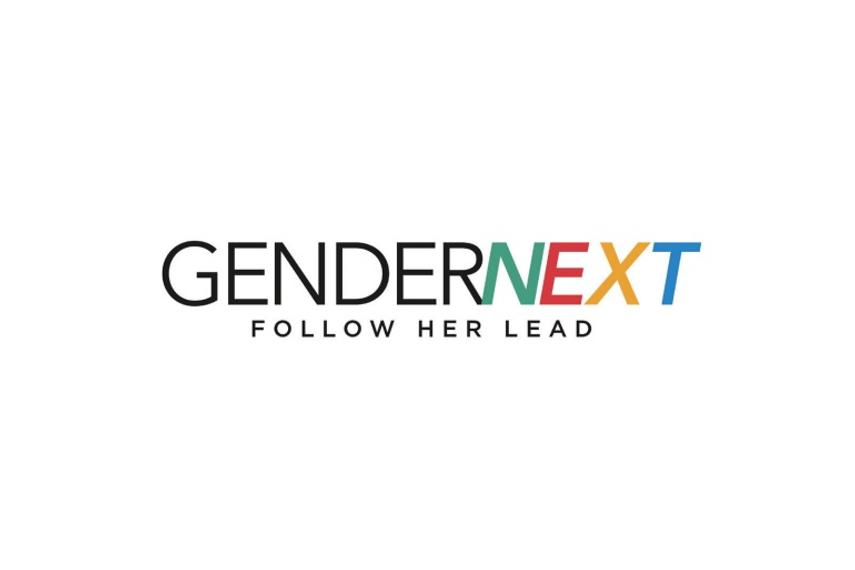
Please sign in or register
Existing users sign in here
Having trouble signing in?
Contact Customer Support at
[email protected]
or call+852 3175 1913
A panel hosted by the Advertising Standards Council of India saw experts discuss the findings of a new GenderNext report, which finds that the industry needs more introspection about representation of gender roles.

Contact Customer Support at
[email protected]
or call+852 3175 1913
Top news, insights and analysis every weekday
Sign up for Campaign Bulletins
In a wide-ranging interview, John explains how APAC work, like New Zealand’s stigma-smashing Grand Prix for Good and Ogilvy Singapore’s work for Vaseline, are setting the stage for global creative change.
The chief executive tells Campaign why the IPG acquisition makes sense, what the impact will be and what will determine success.
At Cannes 2025, Adobe’s Shantanu Narayen and Publicis’ Arthur Sadoun unpacked why AI may power creativity—but humans still pilot it.
Our editors from the UK, US, Canada and APAC report from Campaign House at Cannes Lions 2025.